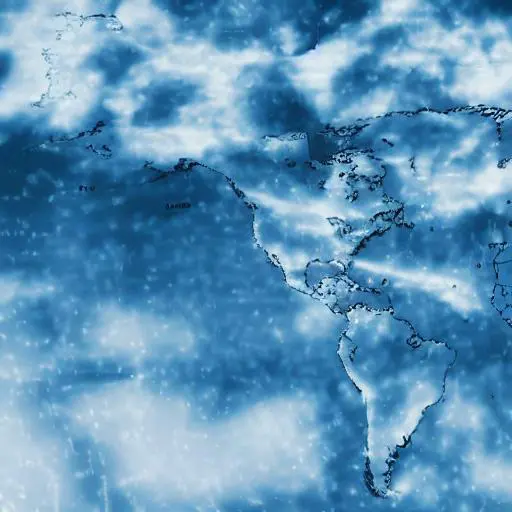The need of early warning and precise forecasts increases when severe weather is imminent and potentially lethal threats like torrential rain, hail, or tornadoes are possible. Weather experts from Colorado State University have provided storm forecasters with a strong new tool to boost confidence in their forecasts and perhaps save lives.
Russ Schumacher, a professor in the Department of Atmospheric Science at Colorado State University and a climatologist, has been leading a group in the development of a sophisticated machine learning model for improving accurate forecasting of hazardous weather across the continental United States for a number of years. The model, which was initially trained on past records of extreme rainfall, is now intelligent enough to provide reliable forecasts of occurrences like tornadoes and hail four to eight days in advance—the critical window for forecasters to alert the public so they can prepare. CSU-MLP, or Colorado State University-Machine Learning Probabilities, is the name of the model.
The team, led by research scientist Aaron Hill, has been working on improving the model for the past two years or more. They just published their capability to predict weather for the medium term (four to eight days) in the American Meteorological Society journal Weather and Forecasting.
Working with Storm Prediction Center forecasters
The model is currently being tested and enhanced by the researchers in collaboration with weather forecasters at the national Storm Prediction Center in Norman, Oklahoma.
The technology offers an unbiased, confidence-inspiring measure to help forecasters choose whether to issue public weather warnings rather than serving as a replacement for the vital skill of human forecasters.
As a guide tool rather than a replacement, Hill remarked, “Our statistical models can help operational forecasters.”
The Storm Prediction Center’s scientific and operations officer Israel Jirak is also a co-author of the study. The partnership with the CSU team was hailed by him as a highly effective research-to-operations endeavor.
They have created probabilistic machine learning-based severe weather guidance, according to Jirak, which is both statistically accurate and expert and practically helpful for forecasters. Every day, Oklahoma forecasters use the CSU guidance product, especially when they have to provide medium-range severe weather outlooks.
Nine years’ worth of weather records
The model is trained using a very large dataset made up of almost nine years’ worth of meticulous historical weather observations over the contiguous United States. This data are paired with meteorological retrospective forecasts, or model “re-forecasts,” which are predictions made based on the results of previous weather events. The CSU researchers took the environmental elements from those model forecasts and connected them to previous instances of extreme weather, such as tornadoes and hail. The end result is a model that can run in real time with current weather events and generate a probability of those types of dangers with a lead time of four to eight days depending on current environmental elements like temperature and wind.
Allie Mazurek, a Ph.D. candidate working on the project, is trying to determine which atmospheric data inputs are most crucial to the model’s ability to predict the future. The model’s forecasts during particular weather situations may potentially be better understood if we could better break down how the model generates them, she added.
For the forecasters who use the model, Hill and Mazurek are aiming to make it more transparent and understandable in addition to improving its accuracy.
It gives Hill the greatest sense of satisfaction to know that the machine learning technology she spent years perfecting is finally having an impact in a practical, public situation.
“I adore basic research. I enjoy learning new things about our environment. Nonetheless, having a system that is delivering better alerts and information regarding the possibility of severe weather is really rewarding “added Hill.








